-
Membership
Membership
Anyone with an interest in the history of the built environment is welcome to join the Society of Architectural Historians -
Conferences
Conferences
SAH Annual International Conferences bring members together for scholarly exchange and networking -
Publications
Publications
Through print and digital publications, SAH documents the history of the built environment and disseminates scholarship -
Programs
Programs
SAH promotes meaningful engagement with the history of the built environment through its programs -
Jobs & Opportunities
Jobs & Opportunities
SAH provides resources, fellowships, and grants to help further your career and professional life -
Support
Support
We invite you to support the educational mission of SAH by making a gift, becoming a member, or volunteering -
About
About
SAH promotes the study, interpretation, and conservation of the built environment worldwide for the benefit of all
This symposium, sponsored by the SAH Historic Interiors Affiliate Group (HIG), brings together emerging scholars and early-career professionals from across the globe to discuss digitality in relation to the study and practice of historic interiors. The shift to virtual work and learning in response to the COVID-19 pandemic has provoked lively debate among scholars and students about the benefits, and risks, of substituting digital platforms for built space. More sustained attention is required, however, to assess the impact of digital media on interiors as a discipline—particularly where the interiors involved predate digitization as either a resource or a methodology.
Addressing a wide range of issues from globalization to community access, preservation to pedagogy, this symposium considers digital and new media from the perspective of the historic to elucidate the ways in which they interact with, improve, complicate, or threaten the study of traditionally material culture and analog records. Topics might include, but are not limited to, digital methods of research and conservation, such as 3D modeling or databasing of interiors archives; digital technology within the historic interior, including ‘smart’ displays and app-based guides; or interiors that are themselves digital, such as Zoom classrooms, Open Access libraries, and virtual museum tours. The aim of the symposium is proactively to reflect on how the digital informs not only how we, as historians, go about answering questions but also which questions we ask.
The symposium consists of two 90-minute events hosted virtually over 2 weeks. Each event features a panel of 3–4 speakers who introduce their research in brief 10-minute presentations and then engage in 30 minutes of thematic discussion moderated by a chair of the HIG Emerging Scholars Committee.
Addressing a wide range of issues from globalization to community access, preservation to pedagogy, this symposium considers digital and new media from the perspective of the historic to elucidate the ways in which they interact with, improve, complicate, or threaten the study of traditionally material culture and analog records. Topics might include, but are not limited to, digital methods of research and conservation, such as 3D modeling or databasing of interiors archives; digital technology within the historic interior, including ‘smart’ displays and app-based guides; or interiors that are themselves digital, such as Zoom classrooms, Open Access libraries, and virtual museum tours. The aim of the symposium is proactively to reflect on how the digital informs not only how we, as historians, go about answering questions but also which questions we ask.
The symposium consists of two 90-minute events hosted virtually over 2 weeks. Each event features a panel of 3–4 speakers who introduce their research in brief 10-minute presentations and then engage in 30 minutes of thematic discussion moderated by a chair of the HIG Emerging Scholars Committee.
Panel One
- Moderator: Lauren Drapala, Bard Graduate Center, USA
- Preme Chaiyatham (Columbia University), Restored with Light: The Use of Projection Mapping for Historic Preservation
- Sarah Joyce (University of Leeds), A Lost Hospital Interior
- Andrea Lacalamita (The New School, Parsons), Process v. Product: Learning from Digital Prototypes
- Talia Perry (Bard Graduate Center), Smoke and Mirrors: Microclimates of the Firedog
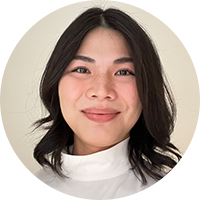
Preme Chaiyatham, Columbia University, USA
Preme Chaiyatham is a master’s student in Historic Preservation at the Graduate School of Architecture, Planning, and Preservation at Columbia University where she specializes in preservation architecture and adaptive reuse.
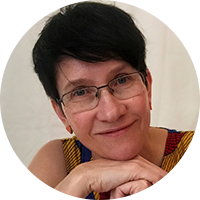
Sarah Joyce, University of Leeds, United Kingdom
Dr. Sarah Joyce works in the Digital Education Service at the University of Leeds, having also taught and practiced in architecture. Her research interests are childbirth and maternity care, healthcare architecture, and qualitative multisensory research methods.
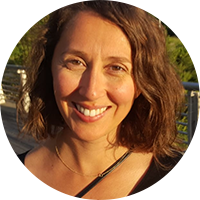
Andrea Lacalamita, Cooper Hewitt, Smithsonian Design Museum, USA
Andrea Lacalamita is a licensed architect and design historian based in Toronto, Canada and a current research fellow at Cooper Hewitt, Smithsonian Design Museum. Her work focuses on the social dynamics of public art and architecture and the historic migration of objects, artwork, and design ideas.
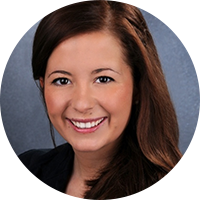
Sara Bernert, Dutch Cultural Heritage Agency (Rijksdienst voor het Cultureel Erfgoed), The Netherlands
Sara Bernert is a PhD candidate with the Dutch Cultural Heritage Agency and Utrecht University and current Marie Skłodowska-Curie Fellow within the European Training Network PALAMUSTO. She previously worked at the State Palaces and Gardens of Baden-Württemberg (Staatliche Schlösser und Gärten Baden-Württemberg) in Germany.
Panel Two
- Moderator: Laura C. Jenkins, The Courtauld Institute of Art, United Kingdom
- Sara Bernet (Rijksdienst voor het Cultureel Erfgoed, Amersfoort), Mapping Objects and Color of Palace Interiors with GIS
- Petra Seitz (Bartlett School of Architecture, UCL), Online Auction Data as Primary Material: The Chandigarh Chairs Auction Database
- Zoë Hollingworth (University of Edinburgh), Treasure Hunting the Thomas Hope Heirlooms: Challenges in Tracking Down a Dispersed Collection
- Michal Lynn Shumate (Scuola IMT Alta Studi Lucca), Historicism in Pieces: Rebuilding Visual Vocabularies
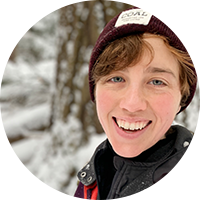
Talia Perry, Bard Graduate Center, USA
Talia Perry is a practicing architect and master's student at the Bard Graduate Center in New York. Her research and practice look for overlaps between the technical and the experiential and for entanglements of space, material, and memory.
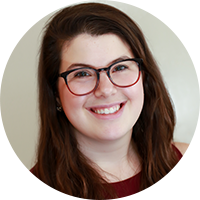
Petra Seitz, Bartlett School of Architecture, United Kingdom
Petra Seitz is a PhD candidate and Postgraduate Teaching Assistant at the Bartlett School of Architecture, UCL where her research explores the history and evolution of commercial office interiors as they relate to the labor process.
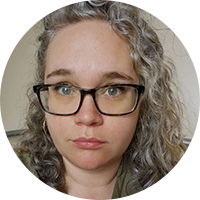
Zoë Hollingworth, University of Edinburgh, United Kingdom
Zoë Hollingworth is a museum professional and part-time PhD student in the History of Art. For the past five years she has worked at the Victoria & Albert Museum, London where she manages collections data and related assets.
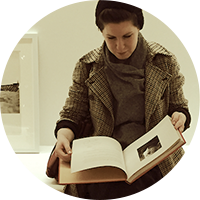
Michal Lynn Shumate, IMT School for Advanced Studies Lucca (Scuola IMT Alti Studi Lucca), Italy
Michal Lynn Shumate is an interdisciplinary researcher interested in the visual culture of historicism and the domestic topography of Rome. She studied and taught at the School of the Art Institute of Chicago before relocating to Italy and is co-founder of the research collective HAIR CLUB.


